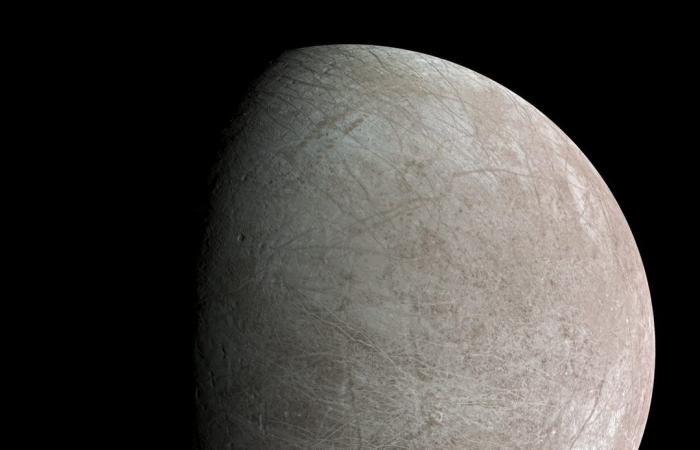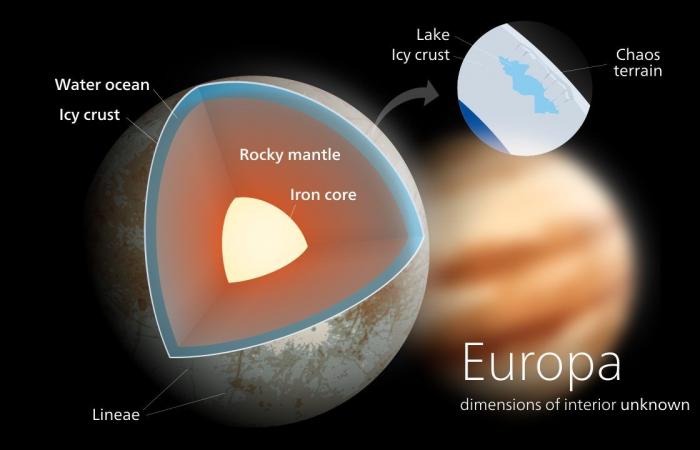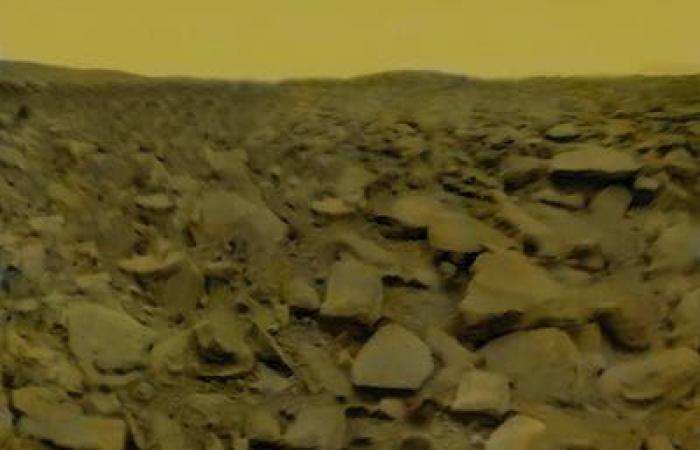The Solar System is made up of one star (the Sun), eight planets and countless other minor bodies, but so far the only one on which we know there is life is planet Earth. Until a few decades ago it was believed that finding life outside our planet would be impossible, but thanks to space exploration missions we have discovered that even in our neighborhood there are worlds capable – at least potentially – of hosting life. Let’s talk about the planets for example Mars And Venusbut above all of some natural satellites of the gas giants, such as Europe (Jupiter moon), Enceladus And Titan (moons of Saturn). We are clearly not talking about extraterrestrials on a spaceship, but about simple life forms, like humans extremophile organisms.
Finding evidence of the existence of these hypothetical alien life forms, even if small, would represent the greatest discovery in the history of humanity: it would mean that we earthlings are not alone in the Universe and life did not develop only on Earth.
Mars
The red planet, Marstogether with Venus, is the closest planet to Earth and concrete objective of colonization Human by NASA and Space average temperature is –63 °C and the atmospheric pressure is only 1% of that of the Earth, thus preventing the presence of liquid water on the surface.
However, thanks to robotic exploration missions, we know that Mars has had suitable conditions for life in the past. There was in fact a thick atmosphere protected by a planetary magnetic field to shield the solar wind and liquid water on the surface which flowed in rivers and seas, the geological signs of which are still visible after billions of years.
It is therefore possible that life on Mars still exists, not on the surface, but rather in the underground, under the planet’s ice caps or in reservoirs of liquid water a couple of kilometers below the surface, the latter observed via radar by orbiting probes. The presence of also cannot be ruled out extremophile organismswhich we have seen survive on Earth in conditions similar to those of Mars, or of fossilized ancient organisms.
The various robotic probes sent by NASA explore the planet to answer these questions. Even if there is no life, the water deposits discovered on Mars will still be one essential component for future human bases on the planet.
Europe
Europemoon of Jupiter and sixth largest in the Solar System, is among the most promising candidates to host extra-terrestrial life forms. Europa could in fact host life forms in vast oceans beneath its frozen crust.
Europe has a frozen shell often about one twenty kilometers that hides a huge underground oceancontaining the double of the water of all the Earth’s oceans combined. Measurements of the moon’s magnetic field have also suggested that this water might even be saltyjust like those of our seas from which life on Earth was born.
The ocean beneath the icy crust remains in liquid form thanks to heat generated by immense tidal forces that Jupiter exerts on the moon, which compress and expand it. It is therefore assumed that there could be some on the ocean floor geothermal sources which provide heat and create carbon-based compounds, essential building blocks for the development of life forms.
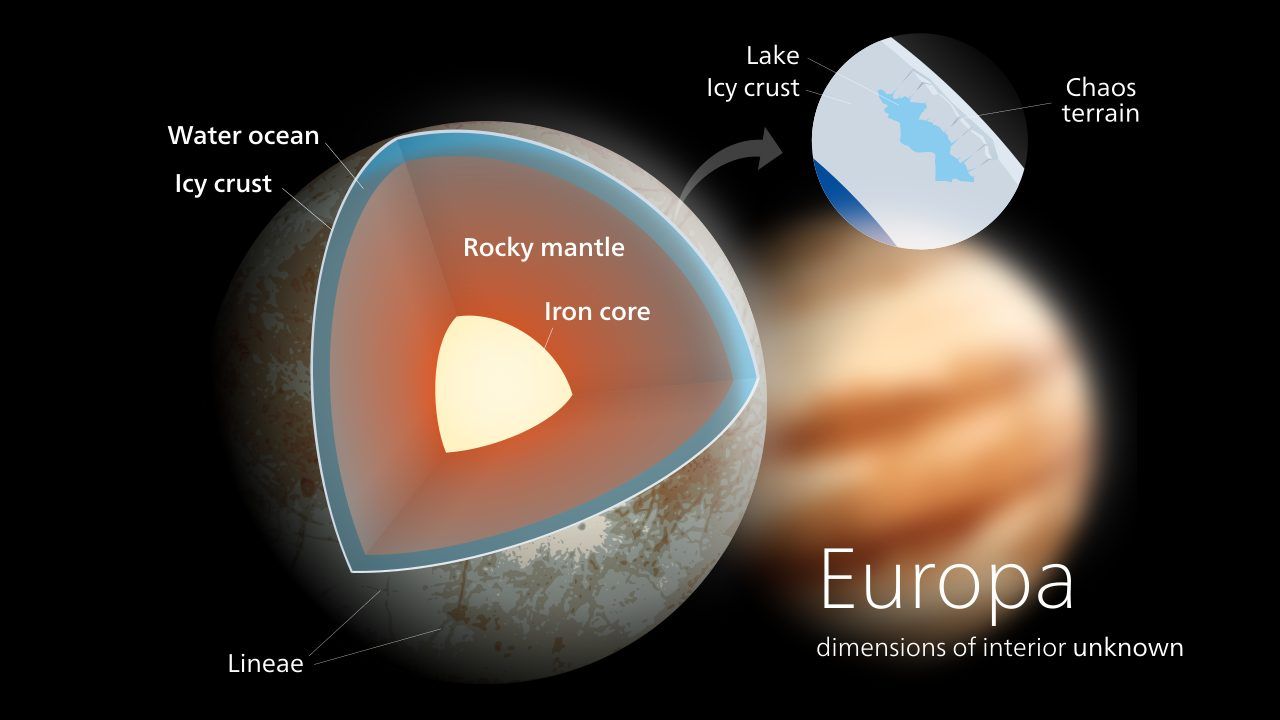
Tidal forces also generate a sort of plate tectonics in the ice shell above. The groundwater then comes into contact with the surface through cracks that form in the ice, forming clay-like mineral deposits (usually associated with organic materials) and creating gods cryogeyser which were seen by the Hubble Space Telescope in the form of plumes of water vapor.
So there are all the potential ingredients to have the development of basic life forms. NASA’s Europa Clipper mission, which will reach Europa in 2030, is set to answer many of the questions about this promising world,
Enceladus
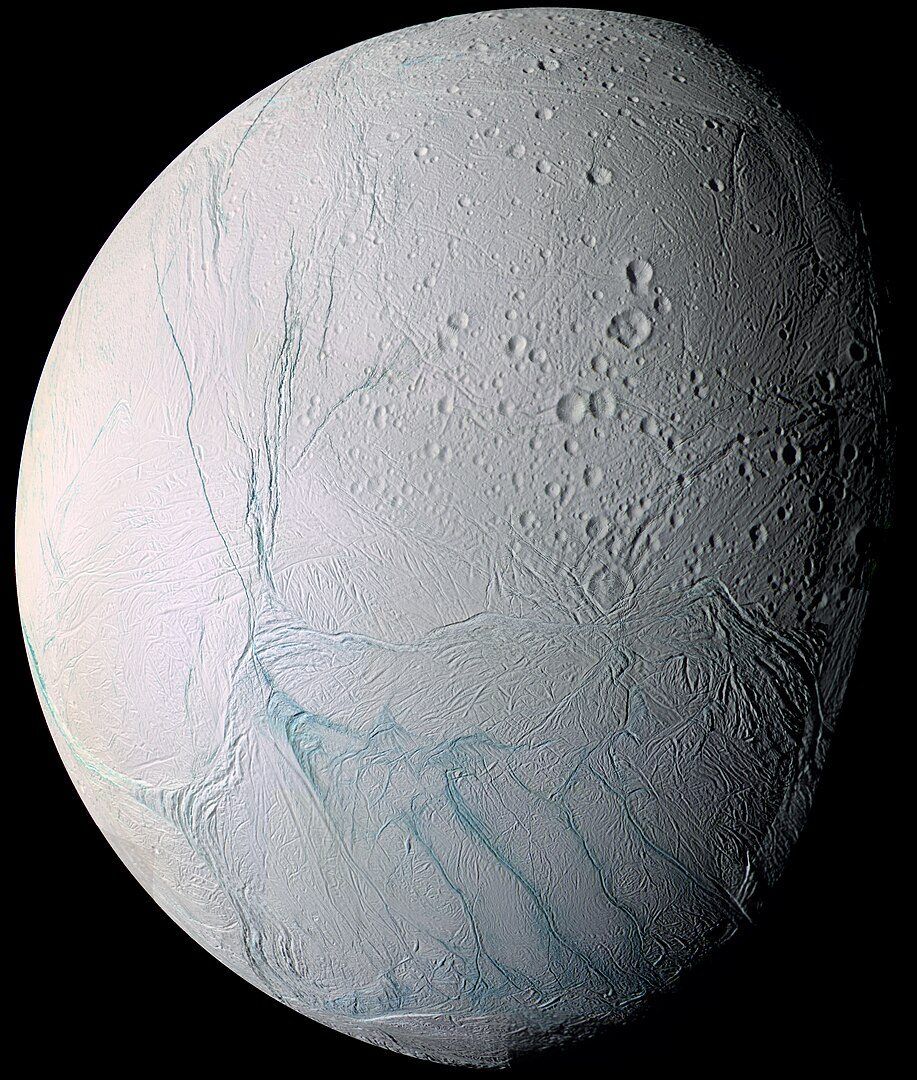
Enceladus is Saturn’s sixth largest moon and is the object more reflective of the entire Solar System. This is due to the fact that it is completely covered with one thick layer of icevisually smooth, an indication that it still is today geologically active.
The most interesting aspect of Enceladus is that it is thought to hide a large salt water ocean liquid beneath its icy crust, just like Europa. Thanks to data from the Cassini probe, which has explored the Saturn system for several years, scientists have noticed how the south pole of Enceladus is covered by a series of cracks. Even more fascinating was noticing how they came out of these cracks plumes of water that rise into space.
Inside the plumes, Cassini detected a myriad of different compounds, including salt water, ammonia, and various organic molecules, fundamental building blocks for the development of life. Additionally, the probe detected compounds based on phosphorusone of the ingredients of amino acids that had never been found before in extraterrestrial oceans.
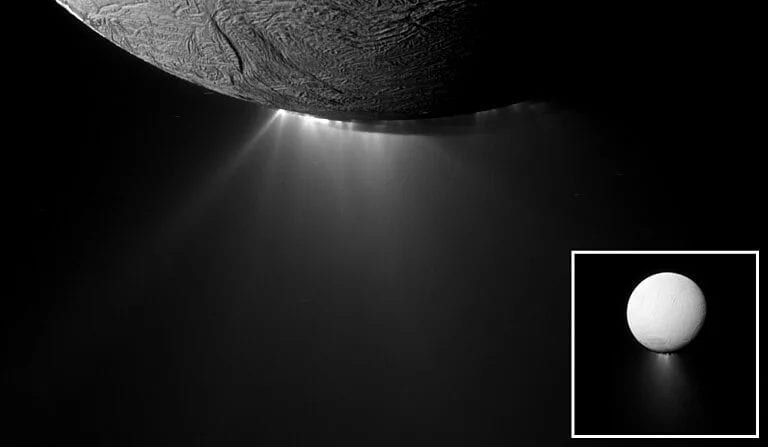
The amount of water expelled through this sort of cryogeyser is so high that the outermost ring of Saturn, theE ringis completely generated by the water expelled by Enceladus, which allows us to study the presumed underground ocean simply by observing the E ring, without necessarily having to penetrate the ice sheet as in the case of Europa.
Beneath the icy shell of Enceladus there is therefore a hidden global ocean of salty liquid waterwith organic molecules such as formaldehyde and acetylene, and hydrothermal activity in the deep sea, which could well provide a heat source needed to give life the ability to evolve and thrive.
Titan
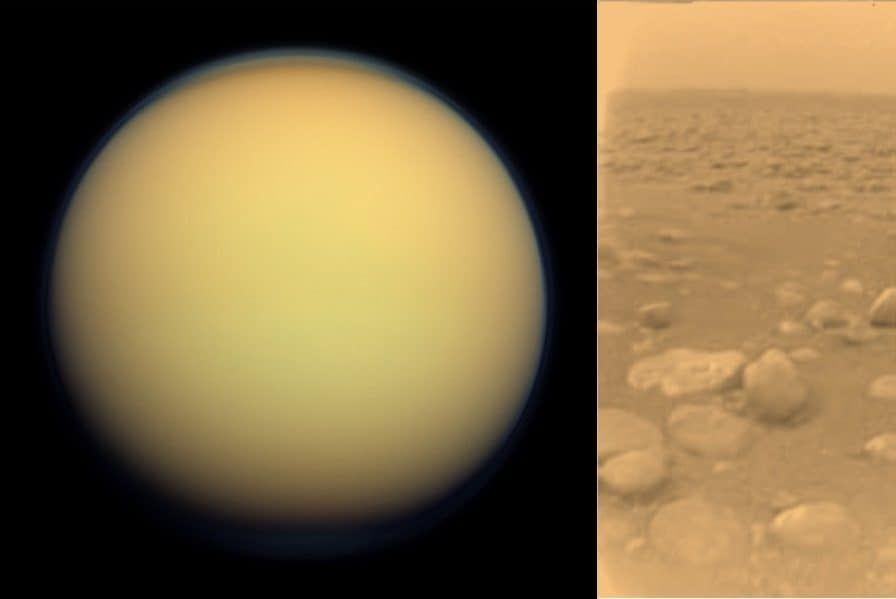
Titan it is the largest natural satellite of Saturn and second largest moon in the entire Solar System, even larger than the planet Mercury. It is covered with a dense atmosphere composed mainly of nitrogen, like the terrestrial one, but devoid of oxygen with a surface temperature of approximately –180 °C.
It would seem like a hopeless scenario for finding life but instead the exploration of the Saturnian system has shown how lakes, rivers and seas exist on Titan, despite the freezing temperatures. However, they are not bodies of water, but rather lakes, rivers and seas of methane and other hydrocarbons. There is even an entire analogue of the water cycle on Earth, but based on methane.
Titan is therefore a place full of organic molecules based on carbon, the raw materials necessary for life. Since the primary surface liquid is methane, any life forms will be based on it, and molecules such as DNA will not function. Life on Titan would then be alien from all points of view.
Venus

It may seem like a paradox because we are used to describing it as an infernal planet, yet also Venus in certain points of its atmosphere it could have the conditions suitable for the development of simple life forms. Venus is currently a extremely inhospitable environmentwith an atmospheric pressure at the ground 80 times that of Earth and an average temperature of 470°Cenough to melt lead, a result of the greenhouse effect generated by its dense carbon dioxide atmosphere.
However, the renewed interest in Venus as suitable for hosting life is due to a 2020 study, in which astronomers found traces of phosphine in the Venusian atmosphere. Phosphine is produced on Earth by life forms in oxygen-deprived ecosystemslike the Venusian atmosphere, so having found it is a strong indication in favor of the existence of extremophile organisms simple in suspension in the Venusian atmosphere. Additionally, phosphine was detected among 50 and 65 kilometers above sea levelprecisely the region in the Venusian atmosphere where pressure and temperature are similar to those on Earth.
Before claiming victory, however, it must be specified that the actual presence of phosphine is still the subject of research, since the peer review process and other independent studies conducted with other instruments have failed to detect it, thus casting some shadow on the actual veracity of the discovery.


